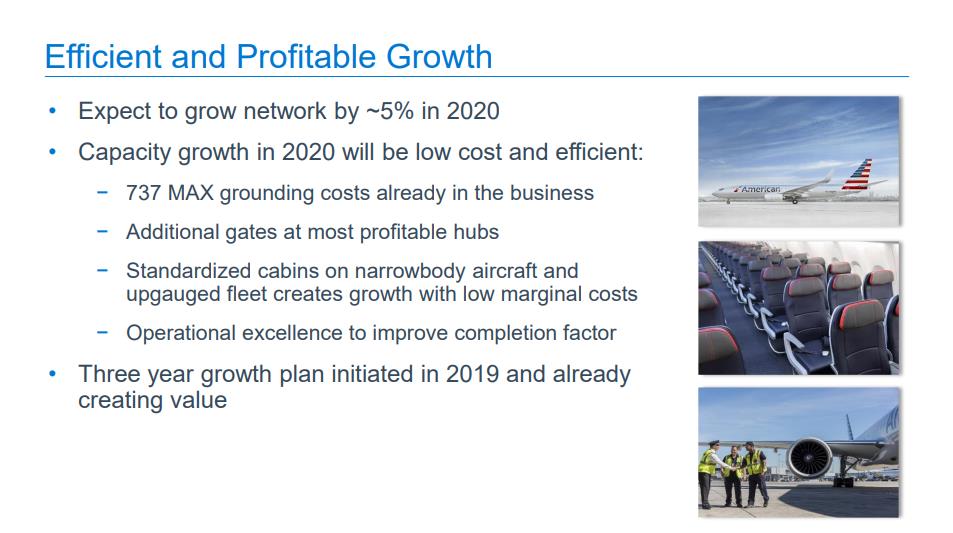International Business Machines (IBM) is fresh off its strong quarterly results, followed up by news that its CEO is stepping down. Each event separately drove the stock higher as investors cheered the duo of better than expected earnings and a change at the CEO level. IBM continues its long turn back to growth, focusing on high-value faster-growing business segments while embracing the future of technology with AI and hybrid cloud architecture via the Red Hat acquisition. Over the past few years, IBM has taken a blended approach of M&A, realigning its business mix to current and future trends, maintaining its dividend payout, and continuing to buy back shares while layering-in the major Red Hat acquisition.
IBM’s stock has been on an upward trend after investors decided to move past its initial displeasure of announcing its RedHat acquisition when shares were sold-off and traded down to ~$108. IBM's executive leadership has set the growth and value narrative, and investors are quickly realizing the value that Red Hat brings to the table while washing away fears that IBM overpaid for the $34 billion acquisition. From the $108 dip, IBM has been in a position of strength and has broken out past $144 after its recent Q4 2019 earnings. Long-term imperatives are beginning to bear fruit in emerging high-value segments that have fundamentally changed its business mix while evolving its offerings to align with new age information technology demands. The Red Hat acquisition will augment its transition away from its dependence on legacy businesses to the future of hybrid cloud, artificial intelligence, and analytics.
Q4 2019 Earnings – Better than Expected
IBM reported Q4 2019 earnings that were better than expected, beating on both the top and bottom line. These results boosted shares by ~4.5%. IBM reported EPS of $4.71 and revenue of $21.8 billion, which was flat year-over-year while beating analysts’ targets. IBM popped the following day to above the $145. The company laid out its growth narrative and Red Hat acquisition catalysts. IBM's revenue was flat across most of its business segments; however, Continue reading "IBM Posts Strong Quarterly Results and New CEO"


